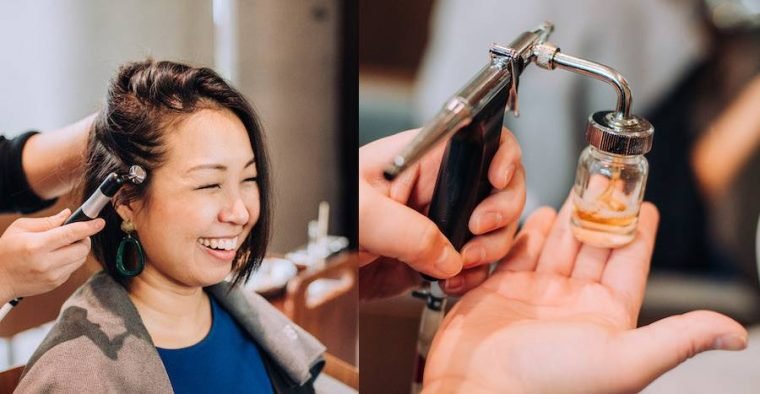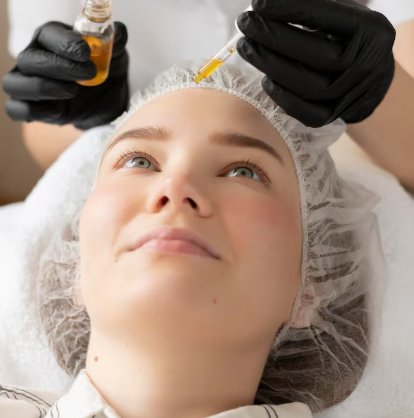Certainly! Here’s a detailed and medically accurate breakdown of the risks and complications associated with hairline correction surgery, ideal for blog content, patient education, or pre-operative consultations:
What Are the Risks and Complications of Hairline Correction Surgery?
Hairline correction surgery—whether it involves surgical hairline advancement or a hair transplant—can deliver impressive, life-changing results. However, like any surgical procedure, it carries potential risks and complications. Being aware of these possibilities helps you make an informed decision and follow appropriate precautions to minimize adverse outcomes.
Below is a comprehensive look at short-term and long-term risks associated with hairline correction surgery.
🔹 1. Swelling and Bruising
Overview:
Swelling is one of the most common side effects after hairline correction surgery, especially around the forehead and eyes.
Causes:
- Fluid accumulation
- Tissue trauma during surgery
How Long It Lasts:
Typically resolves within 3–7 days with cold compresses, head elevation, and anti-inflammatory medications.
🔹 2. Bleeding or Hematoma
Overview:
Some bleeding is normal, but excessive bleeding or the formation of a hematoma (a pocket of blood under the skin) can occur.
Risks:
- Inadequate post-op care
- Blood-thinning medications or supplements (e.g., aspirin, vitamin E)
Prevention:
- Discontinue anticoagulants before surgery (as advised)
- Follow post-op instructions strictly
🔹 3. Infection
Overview:
Though rare in sterile environments, infection can develop at the surgical site or around transplanted follicles.
Signs to Watch For:
- Redness
- Warmth
- Pus or drainage
- Fever
Treatment:
Usually treated with oral antibiotics. Severe cases may require drainage or revision.
🔹 4. Scarring
Types of Scars:
- Linear Scar: Common with FUT (Follicular Unit Transplant) procedures
- Pitting or Raised Scars: May occur with poor wound healing or excessive tension
- Visible Forehead Scars: Possible in surgical hairline lowering
Risk Factors:
- Genetic predisposition to keloids or hypertrophic scarring
- Smoking or poor nutrition
- Improper suture technique
Scar Minimization:
- Skilled surgeon
- Proper wound care
- Scar-reduction therapies (e.g., silicone sheets, laser treatment)
🔹 5. Numbness or Altered Sensation
Overview:
Temporary numbness or tingling around the hairline or scalp is common due to nerve disruption during surgery.
Duration:
May last from a few weeks to several months. Permanent numbness is rare but possible.
🔹 6. Shock Loss (Telogen Effluvium)
Overview:
Shock loss refers to temporary shedding of surrounding native hair due to surgical trauma or stress.
Who’s at Risk:
- Patients with existing hair thinning
- Those undergoing extensive grafting
Recovery:
Hair usually regrows within 3–6 months. PRP therapy may help expedite recovery.
🔹 7. Unnatural or Asymmetrical Hairline
Causes:
- Poor design or planning of the hairline shape
- Improper graft angle or density
- Uneven healing
Fix:
A revision surgery may be needed to correct asymmetry or refine the hairline.
Conclusion
Combining non-surgical treatments with hairline correction surgery not only maximizes aesthetic results but also supports long-term hair health. Consulting with a board-certified hair restoration specialist can help tailor a personalized post-surgical care plan using these complementary therapies. Together, surgical precision and non-invasive techniques can yield a fuller, more natural-looking hairline that lasts.




